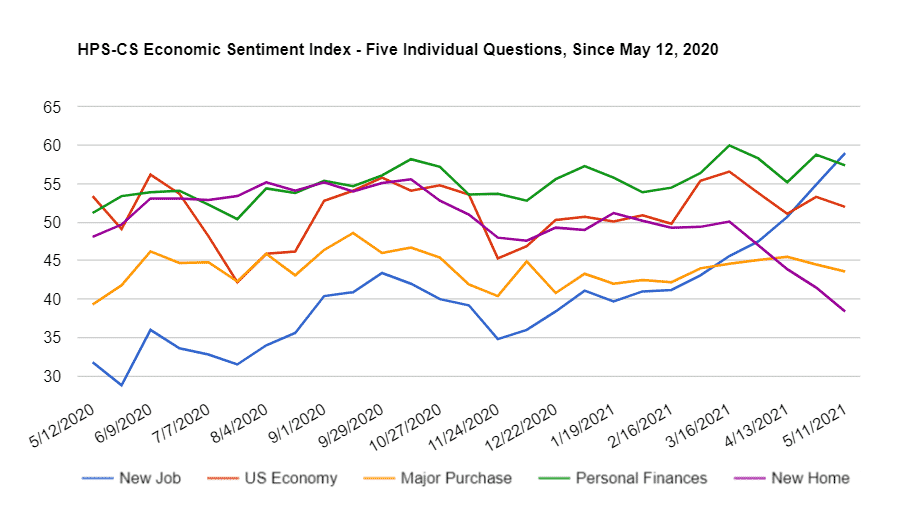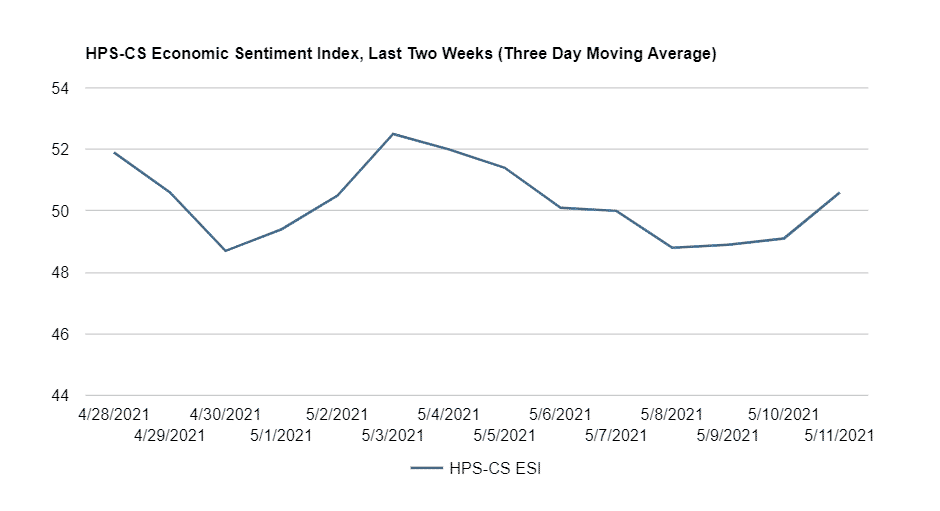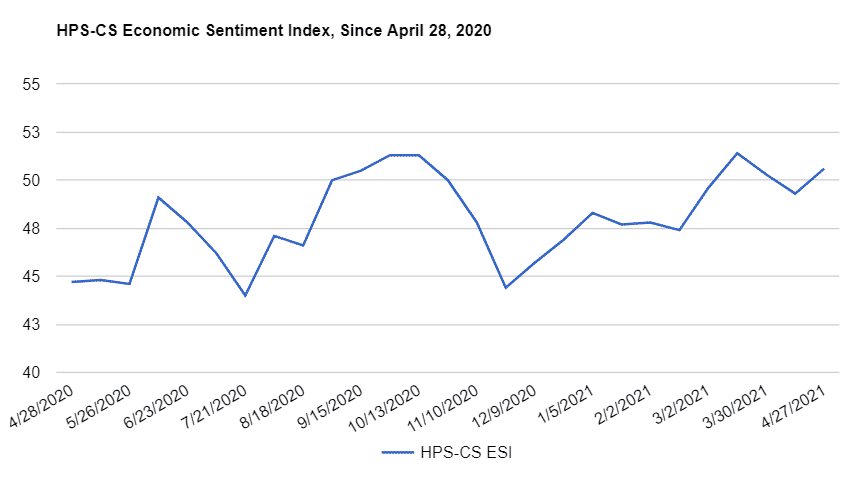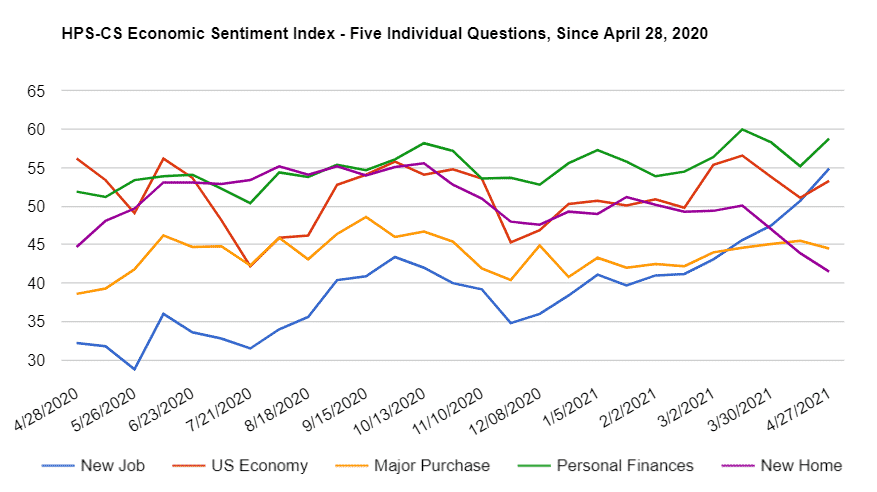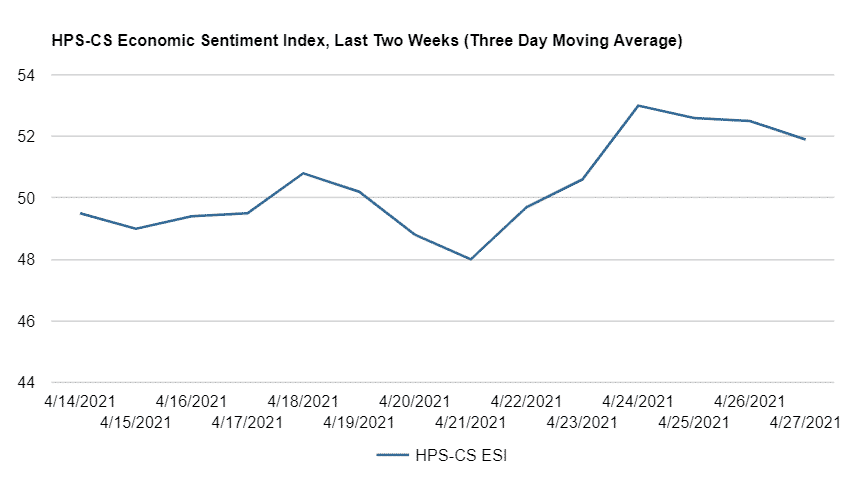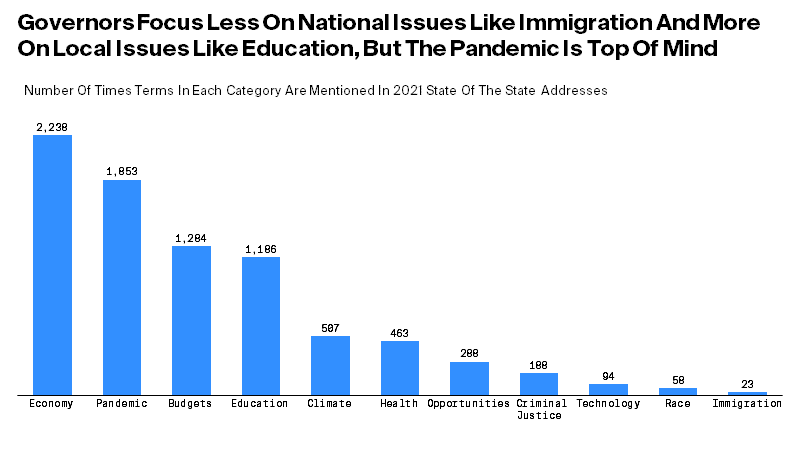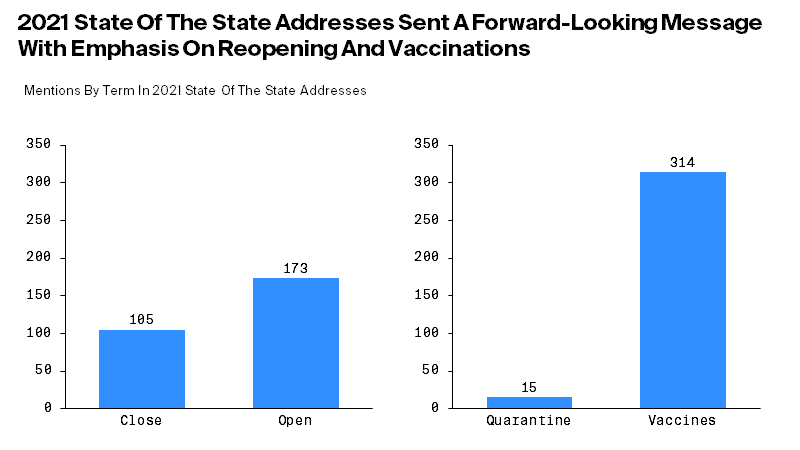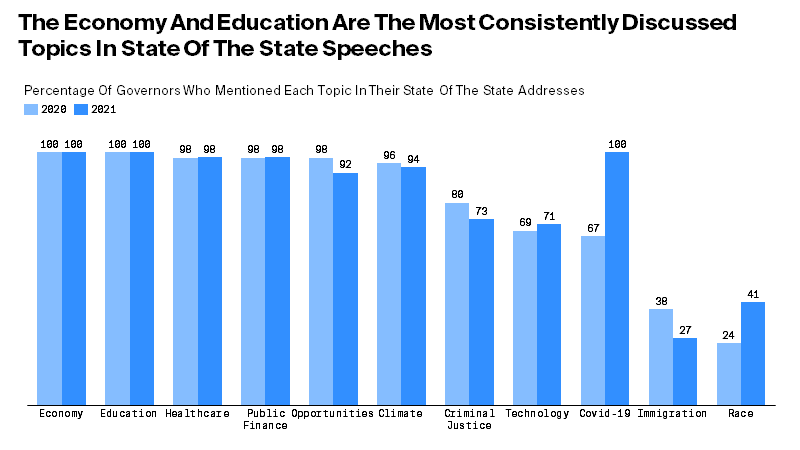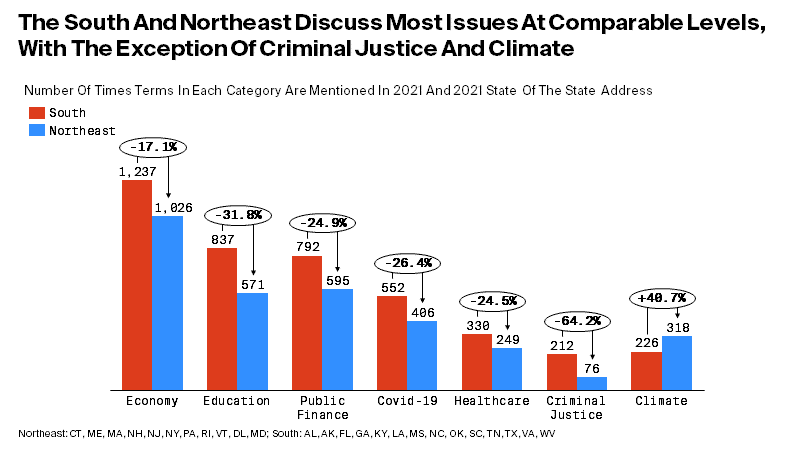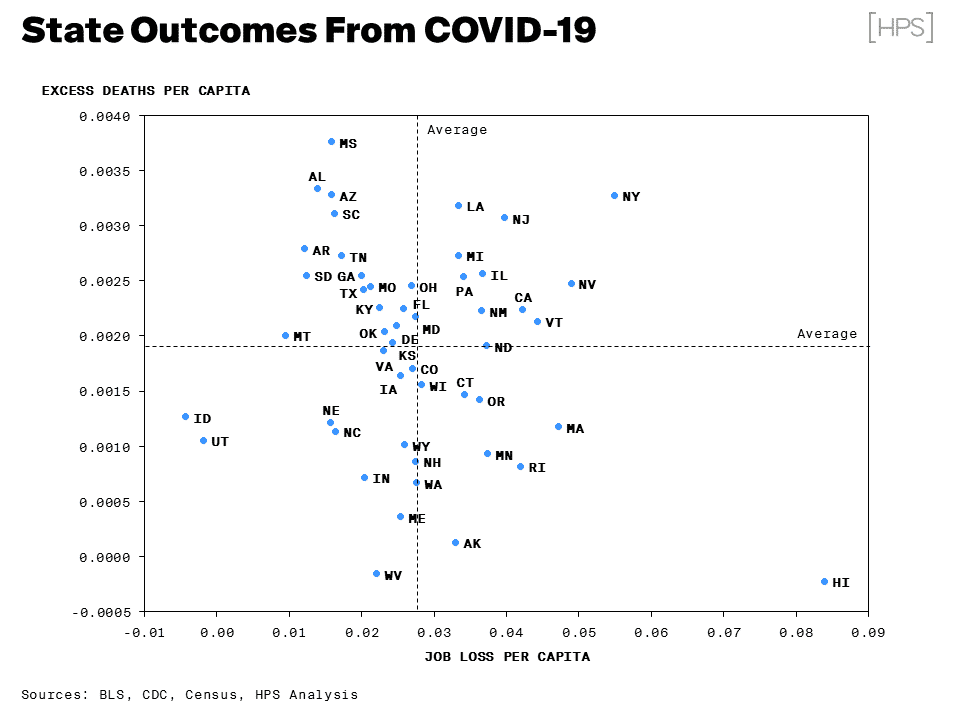Introduction
The Biden Administration is implementing a robust climate change agenda across the executive branch with a particular focus on the role U.S. financial regulators can play in addressing climate risks. On May 20, the White House issued an executive order that would look to leverage both the public and private sectors to address climate-related financial risk. It’s an example of what the President calls his “whole-of-government” approach—similar to Treasury Secretary Yellen’s “whole-of-economy” approach.
HPS has spent the past several months closely monitoring the actions of financial regulators and has compiled relevant agency announcements, which demonstrate how the Biden administration will seek to use the financial sector to curb climate change.
HPS focused its research on the most active financial regulators, including:
– The Department of the Treasury, with a focus on its domestic and international activity, as well as the work of its new climate czar
– The Financial Stability Oversight Council
– The Securities and Exchange Commission
– The Federal Reserve
Based on this research into the executive branch and Federal Reserve’s current positions and actions, combined with additional insights and analysis, HPS has laid out a roadmap of the likely future policy plans related to finance and climate policy.
Department of the Treasury – Domestic Policy
Key Actions:
– Via the American Jobs Plan, Treasury would create tax credits for clean energy production to support the Clean Energy Standard and establish a targeted investment tax credit to incentivize the buildout of >20GW worth of high-voltage power lines.
– Treasury Secretary Janet Yellen and Deputy Secretary Wally Adeyemo discussed leveraging the tax code to eliminate fossil fuel subsidies and drive the U.S. towards net-zero emissions at an April 16 meeting.
– Secretary Yellen met with the Coalition of Finance Ministers for Climate Action on April 6 and said that Treasury is prioritizing domestic economic programs and tax policies that would help the U.S. reach its 2030 emissions target.
– The “Financial Stability Board’s Task Force on Climate-Related Financial Disclosures” was lauded by Treasury Secretary Yellen as a “solid framework for climate disclosures.” The Secretary also urged “national and regional authorities that are developing requirements or guidance” to use the framework as a model.
Outlook:
The Biden administration and Secretary Yellen have made it clear that Treasury will be at the center of U.S. attempts to meet its 2030 emissions targets, which were officially announced by the White House during the climate summit. The goal is to cut CO2 emissions to 50-52% of their 2005 levels.
In remarks to the Institute of International Finance on April 21, 2021, Secretary Yellen reiterated that the Treasury Department will take what she has called a “whole-of-economy” approach to its efforts to address climate change. Secretary Yellen clearly recognizes, and has emphasized, that the goals the Biden administration and progressives have put forth require the cooperation of the private sector. We expect Treasury will continue to make a concerted effort to include both private and public stakeholders in their efforts to marshal resources towards cleaner, sustainable investments.
Department of the Treasury – International Policy
Key Actions:
– Treasury was called on by President Biden via his U.S. International Climate Plan to direct multilateral development banks (MDBs) to “set and apply ambitious climate finance targets and policies,” thereby spurring private financing in developing countries.
– Secretary Yellen will be working with OECD countries to modify official export financing provided by OECD export credit rating agencies so that it encourages investments away from carbon-intensive activities.
– Secretary Yellen also announced that part of Treasury’s strategy will involve allocating $100 billion per year to support developing countries’ climate change mitigation efforts.
– Treasury will be co-chairing the relaunched G20 Sustainable Finance Working Group, which gets finance ministries and central banks to improve the international community’s approach to sustainable investments and climate disclosures.
Outlook:
Secretary Yellen has repeatedly emphasized the need to build international cooperation on climate-related investments and disclosures. Secretary Yellen and Treasury recognize the U.S. needs to garner the support of worldwide actors, including developing countries, to achieve significant progress on climate change and to ensure that American efforts don’t place the country at a competitive disadvantage. Climate Envoy John Kerry is likely to lead those efforts and play a central role in facilitating said relationships albeit in close coordination with Treasury.
Treasury Department has expressed that it wants to see countries require “reliable, consistent, and comparable” climate-risk financial disclosures. It has also indicated that it would like to support international efforts to “better identify climate-aligned investments and encourage financial institutions to credibly align their portfolios and strategies.” Since developing countries are quickly becoming large emitters on their paths to economic growth, we expect Secretary Yellen to incentivize the adoption of clean energy alternatives to ensure these countries cooperate.
Department of Treasury – The Climate Czar
Key Actions:
– John E. Morton was chosen by Secretary Janet Yellen to be the Treasury Department’s first climate counselor, or “czar,” on April 19. Morton will report directly to Secretary Yellen.
– In his new role, Morton will head the new “climate hub,” which is tasked with coordinating climate-related work across the Department—this includes the divisions in charge of domestic finance, international affairs, and tax policy.
– The climate hub’s main priority will be to facilitate new investments in clean energy technologies that can help expedite a transition away from fossil fuels in “high emitting sectors and industries.”
– Under Morton, the climate hub will use taxes and various other economic tools to support infrastructure projects that can withstand extreme weather, reach out to communities vulnerable to extreme weather and/or pollution, and ensure that the transition to cleaner energy “provides economic opportunity across income levels.”
Outlook:
Progressives have voiced their displeasure with the Morton pick, criticizing his connection to the private sector and expressing concerns he may think “climate action can happen voluntarily.” Many of said progressives expressed that they would have preferred Secretary Yellen appoint former Deputy Treasury Secretary and Federal Reserve governor Sarah Bloom Raskin, for she has been an activist for greater regulation of financial firms’ climate-related activities. This could present a challenge to Secretary Yellen and Morton as they try to make headway on their priorities. We anticipate Morton to make public and private overtures to progressives, especially on policy proposals involving the private sector.
On the international front, Morton, like Secretary Yellen, has communicated that he will seek to “mobilize more private capital to developing countries to help them transition to a lower-carbon economy” by using MDBs. Expect Morton to frame many of his actions as a competitive race between nations and an opportunity for the U.S. to lead on the world stage.
Financial Stability Oversight Council (FSOC)
Key Actions:
– The Climate-Related Financial Risk executive order issued by President Biden directs the Financial Stability Oversight Council (FSOC), which is led by Secretary Yellen and includes Federal Reserve Chair Jerome Powell and members of the Securities and Exchange Commission, to produce a report on climate change financial risk data by September 17, 2021.
– The first FSOC meeting of the Biden era was held on March 31 of this year with climate change at the top of the Committee’s agenda. It was the first time that FSOC has focused on climate change since it was established by Congress in 2010.
– President Biden’s U.S. Climate-Related Financial Risk executive order directed FSOC to put together a report, within 180 days, detailing the systemic risks posed by climate change.
– On April 6, Secretary Yellen said that FSOC would work to minimize the potential system-wide consequences posed by financial risks associated with climate change.
– Secretary Yellen has indicated she would like FSOC to “bring regulators together to share perspectives and identify elements and solutions” to appropriately address the effects of climate change on regulated institutions.
Outlook:
Though the Financial Services Oversight Committee (FSOC) hasn’t traditionally been an active player in the climate debate, progressives have been pushing for the committee to consider the systemic risks posed by climate change. Treasury Secretary Yellen has made clear that it will be one of the Department’s primary tools to minimize climate-related financial risks. She views FSOC’s role as a means to “understand [financial-sector risks associated with climate change], to coordinate across U.S. regulatory agencies in assessing the risks and, if necessary and appropriate, acting to mitigate risks to overall U.S. financial stability.” President Biden’s May 20 Executive Order also underscores FSOC’s key role.
We expect that many of Treasury’s climate policy announcements and decisions will be made at or through FSOC. Further, we expect the FSOC report mandated by Biden’s executive order to home in on the role of financial institutions, asset managers, and insurers in minimizing climate-related financial risk.
Securities And Exchange Commission (SEC)
Key Actions:
– Shortly after President Biden’s inauguration, Acting Chair Allison Herren Lee set the stage for SEC action on climate by issuing a request for comment on climate change disclosures.
– Along with a request for comment, the SEC began evaluating climate disclosure rules to facilitate “the disclosure of consistent, comparable and reliable information.”
– The SEC Division of Enforcement formed a Climate and ESG Task Force which “will develop initiatives to proactively identify ESG-related misconduct.”
– The SEC Division of Examinations launched an enhanced focus on climate and ESG-related risks and later issued a “risk alert” on ESG investments.
– The SEC Division of Corporate Finance reviewed climate disclosure, which resulted in SEC Acting Chief Accountant Paul Munter urging accountants to consider Financial Accounting Standards Board guidance on how ESG could impact accounting and management disclosures.
Outlook:
With Gary Gensler’s confirmation as SEC Chair and Satyam Khanna serving as Senior Policy Advisor for Climate and ESG, the SEC is expected to aggressively move forward on evaluating its climate agenda.
Gensler, who originally received strong support from progressives, was criticized for naming a corporate defense lawyer as Director of the Division of Enforcement, prompting her to resign. Sen. Elizabeth Warren said Gensler has a chance for a “redo,” suggesting that he will act quickly on progressive priorities, such as climate disclosure.
During his Senate Banking Committee confirmation hearing, Gensler signaled support for issuing a disclosure rulemaking on climate risk. However, Gensler must deal with competing priorities and is targeting the second half of 2021 for SEC action on climate risk disclosure, as regulatory changes would require a lengthy rulemaking process. Expect pushback from Republican Commissioners Hester Peirce and Elad Roisman, who have questioned the SEC’s increased focus on climate. Republican members of Congress, led by Sen. Pat Toomey (R-PA), will also criticize SEC action on climate.
Federal Reserve
Key Actions:
– During the Trump administration, the Fed took its first steps towards addressing the climate. For instance, in November, the Fed formally named climate change as a risk to financial stability. In December, the Fed joined the Network for Greening the Financial System as a member.
– Since President Biden’s inauguration, the Fed’s efforts have only accelerated. In March, the Fed unveiled its framework for analyzing the financial stability implications of climate change. The framework, which is a work in progress, was presented at the FSOC meeting.
– The Fed also recently announced the creation of the Supervision Climate Committee (SCC) to strengthen the capacity to assess financial risks from climate change. To complement its work, the Fed also established the Financial Stability Climate Committee (FSCC) to assess and address climate-related risks.
– Fed Chair Jerome Powell has stressed before Congress that the role of the Fed is to carry out its mandate in supervising that financial institutions are accounting for risk, including climate change.
Outlook:
With climate change at the center of the U.S. and global political agenda, the Fed will continue to address the issue as it relates to financial stability. However, the Fed will continue to face warnings of politicization. Republican lawmakers have argued that climate policy remains outside of the Fed’s jurisdiction.
Last December, in a letter to Powell, 47 GOP lawmakers discouraged the central bank from imposing stress tests on lenders to measure their vulnerability to climate change.
Then again in March, Senate Banking Committee Republicans told Powell in a letter that they were concerned the Fed might use its supervision of the banking system to “further environmental policy objectives,” which “would be beyond the scope of the Federal Reserve’s mission.”
Powell is now seen as a heavy favorite on Wall Street to be nominated for a second term, which was not the conventional wisdom when Biden took office. If Powell is nominated for another four-year term in early 2022, expect Republicans to make his climate focus a point of emphasis during his confirmation hearing, but Powell and the Fed are unlikely to be deterred from including climate change in its policy considerations.
Conclusion
The Biden Administration has made clear that financial regulators play a critical role in the fight to curb climate change, and it will continue to receive pressure from progressives to execute an aggressive climate agenda. As Biden’s political appointees get settled into their roles, expect the pace of climate-related policy actions coming from financial regulators to accelerate, leaving no potential vehicle for progress untouched. However, opposition from Republicans will remain stalwart, and if the economic recovery from the COVID-19 pandemic continues to fall below expectations, the political appetite for vast changes to the economy could waver, making implementation of the climate agenda more challenging.






